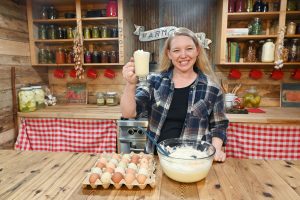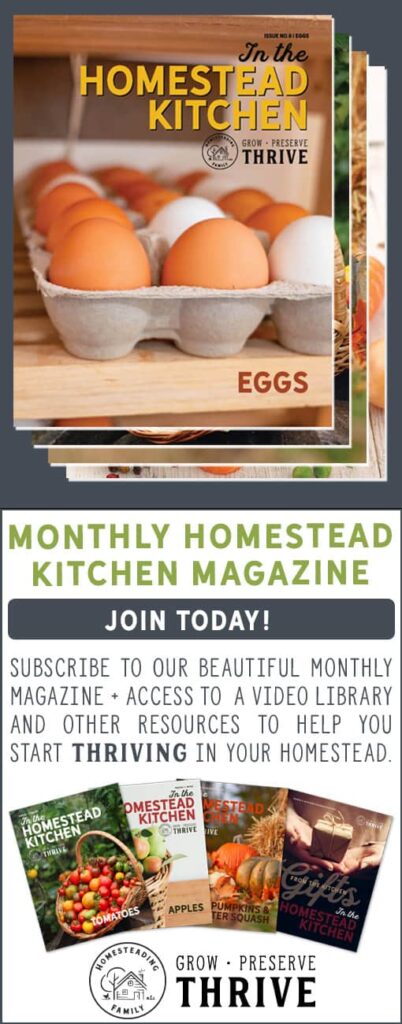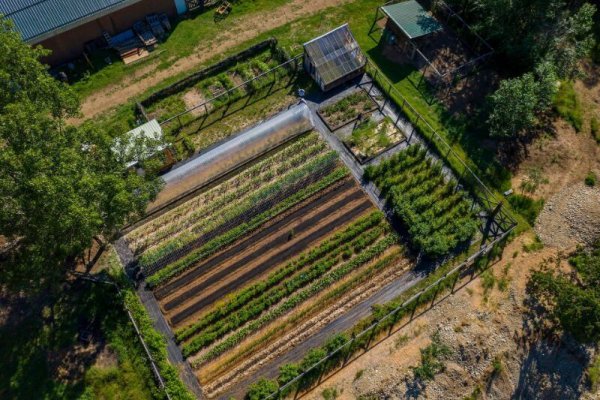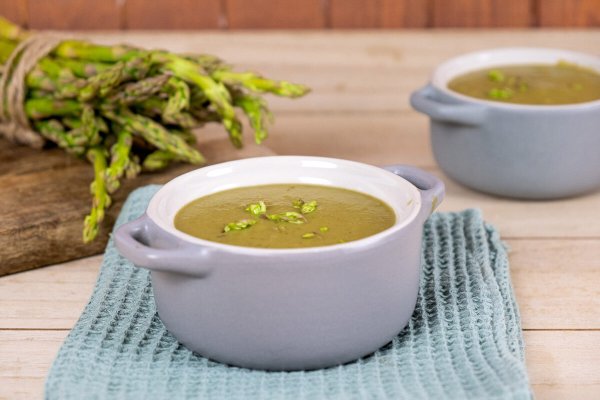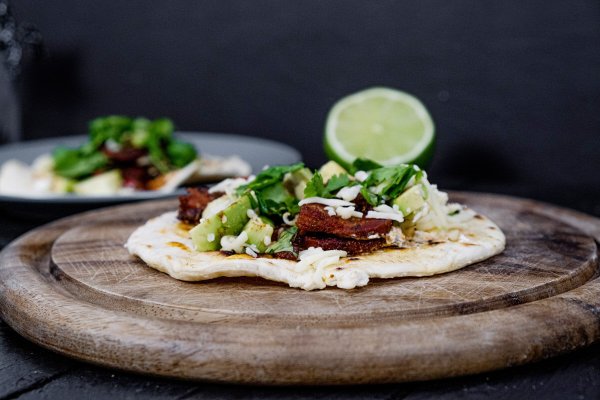







Starting seeds indoors is an important part of our garden year. Especially in our short growing season, knowing which seeds are best and starting seeds indoors is a must if we want to harvest any warmer climate-loving plants like tomatoes and peppers.
But what do you do when your seedlings look sickly and unhealthy? We’re covering the common seed starting problems and how to fix them in this post.

Having a family our size, and trying to eat high-quality, nutrient-dense food means we need to grow a large percentage of our own food. It’s just too cost prohibitive to buy this kind of food from the grocery store all year (and truth be told, we can’t get as good of quality as we can grow ourselves anyway).
In order to do this, we MUST get a jump-start on our garden each year by knowing when to start our seeds indoors, and actually get them started properly.
Watch the video below, and keep reading to see what went wrong with my starts this year, and the steps I took to fix them!
Be sure to check out Seeds for Generations for some great heirloom seed varieties!
This year, I was ahead of the curve, and unfortunately, because of our cold northern winters, our compost pile was still frozen!
I opted for plan B and bought some high-quality packaged seed starting mix. Unfortunately, this was the start to my seed starting problem.
When you buy seed starting mix, it’s been sterilized. Many gardeners suggest starting seeds in a sterile environment, but we think using a high-quality combination of compost and garden soil is more beneficial for the seeds as any beneficial microorganisms will help protect the tiny seedlings.

As a bonus, this also means we don’t generally need to sterilize our seed starting pots (another step many gardeners will recommend), but because we keep track of the health of our soil, we know there are no harmful fungi or bacteria that may kill off our plants.
After 4-6 weeks of my tomatoes growing strong, they seemed to completely stop growing and they began to look a little sickly.
This was in comparison to Josh’s main-crop garden starts that were flourishing (of course, those seedlings were started with our homemade compost).
How to Troubleshoot Seed Starts
When troubleshooting your indoor seed starting problems, we have to go back to the basics:
- Light
- Soil
- Water
- Possible disease or pests

Light
In our circumstance, the light is not the issue. We are using really good LED full-spectrum grow lights. They’re placed the correct distance away from our plants and they’ve been on long enough each day to provide adequate light.
If your plants are just sitting near a windowsill, they may not be getting enough light each day in order to grow well unless you have good southern exposure.
Consider getting some LED grow lights and check manufacturer recommendations for the height of the light above the plants.
We leave them on to match the length of sunlight hours outside so they are getting prepared to go out into the real world. We don’t want to have them under the lights longer than outside sunlight, and then go backwards when we begin to move them outside.
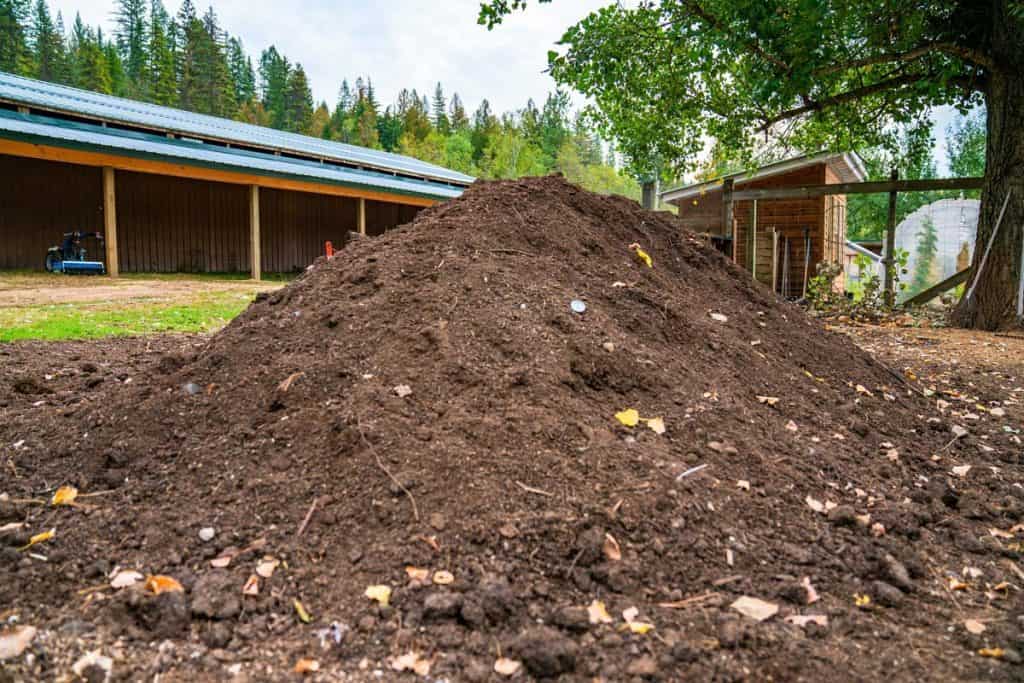
Soil
The soil is where I think my seed starting problems began. I usually use our good homemade seed starting mix (which is just a 50/50 mixture of garden soil and high-quality sifted compost).
This year, because I was starting these seeds so early, our compost and garden were still frozen under snow, so I went to the store and bought a high-quality seed starting mix.
Then, because we normally don’t need to wash out our seed starting pots, I didn’t sterilize them before adding my seed starting mix and I think that’s where the issues started.
Because of the lack of beneficial bacteria in the soil, there was nothing present in the soil to help overcome any fungi or bad bacteria on those pots that sat around all last year.

Water
The next thing to consider is how much water your plants are getting. Are they being over-watered? This can lead to mold growth or fungi.
Are they being underwatered? This can cause slow growth and poor root development.
Are they being watered consistently? Inconsistent watering can stunt your plant’s growth.
We generally like to water from the bottom up. This encourages root growth and makes sure water is getting all the way through the pots.
Disease or Pests
If you reuse your seed starting containers from previous years, you need to be mindful of any possible disease or pests that might be on those containers. Some people like to sterilize their pots between seasons which could eliminate potential issues.
We don’t usually do this because we are not generally importing soil, but as we learned this season, it is a good insurance policy!

Potting Up Seedlings
If your seedlings seem to be struggling, it’s possible they’re ready to be potted up. Waiting too long to pot up your plants can mean your seedlings could become rootbound (another common seed starting problem).
Potting up is exactly what I did to help save our tomatoes. They needed a boost of nutrients from our good homemade compost, so having the extra space to add in more soil was the answer to my seed starting problem.
Oftentimes people ask us why we don’t just start our seeds in larger containers from the beginning. Well, sometimes we do, but it takes up a lot of crucial space and is more work to plant out when it comes time to get those veggies in the ground.
Keeping your seedlings in smaller pots and potting up as needed is generally our recommendation.
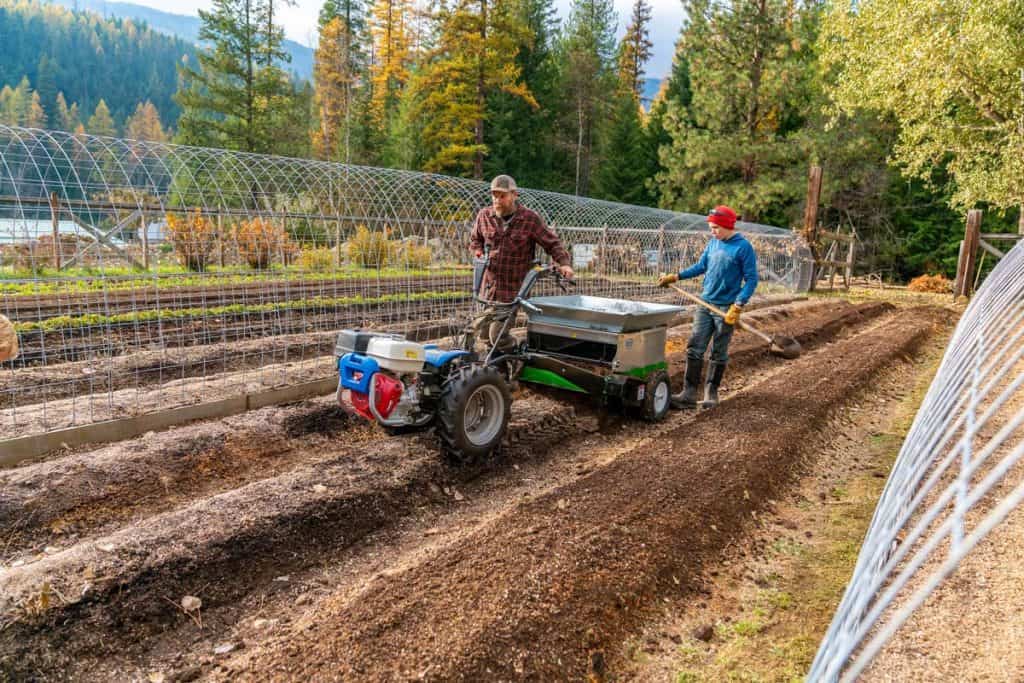
Other Related Gardening Posts
Be sure to check out some of our other gardening resources below:
- How to Start Seeds Indoors
- When To Start Seeds Indoors
- Gardening in Winter (Cold-Weather Growing Methods)
- How to Plant Tomato Plants, Cucumbers & Peppers
- Get a Jump Start on Early Spring Gardening
- Spring Garden Planning Tips and Tricks
- Making Raised Bed Garden Rows (& Super-Charging Your Soil)
- Building a DIY Compost Sifter
- Building a DIY Hoop House (or Greenhouse)
- Using a Vegetable Garden Planner
- Planting an Instant Garden in the Greenstalk Vertical Planter
- How to Keep Weeds Out of the Garden
- Garden Watering Strategies (How Much, How Often, When…)


